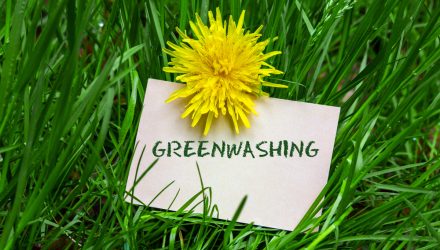Debt issuers are trying to get in on the momentum behind environmental, social, and governance investing, but investors should be aware that these borrowers don’t always use the money for green purposes.
While more companies have issued green bonds this year, some junk-rated borrowers used the cash to repay debt, finance SPAC deals, and allocate toward other corporate expenses, promising to spend equivalent sums on sustainability in the future, the Wall Street Journal reports.
The so-called green bonds even include fine-print warnings that companies might not fulfill environmental pledges. Lawyers and analysts have warned that money managers are so eager to purchase green-labeled investment products that they are overlooking the potential risk that their investment bonds aren’t as green as they say they are.
“This poses a dilemma for the green-bond investor,” Henry Shilling, founder of Sustainable Research & Analysis LLC, told the WSJ. “You need to account for the risk that you are holding something that, in the end, may turn out not to be green.”
The rush of junk-rated green bonds with fine print that warn of their shortcomings has fueled concerns of “greenwashing,” rhetoric misleading investors into thinking that the funds or securities are green.
“There are no mechanisms to ensure investors that the green investment will actually occur,” Mitu Gulati, a law professor at the University of Virginia, told the WSJ. “The only conclusion I can draw from that is that investors don’t actually care. It’s so much eyewash.”
While green bond companies have created guidelines that specify the use of proceeds for green objectives like transitioning to renewable energy and hired third parties to verify those claims, bondholders have no legal right to seek compensation if the debt issuers renege on the promises.
“There’s really no teeth here,” Jason Ewart, a lawyer on debt deals at Latham & Watkins, told the WSJ. “Investors have no recourse—there’s just egg on the face of the issuer in the green-investing community.”
For more news, information, and strategy, visit the ESG Channel.

